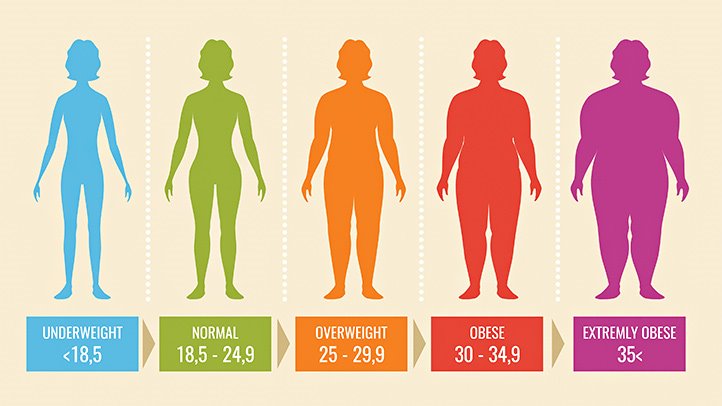Enquiry Form
Description
What is fat freezing / cryolipolysis ?
Fat freezing, or cryogenic lipolysis, is a self explanatory term where fat cells are crystallized or frozen for a specified amount of time with an aim of reducing them. It is an effective, non-surgical fat reduction treatment which has revolutionized obesity treatments around the world. Fat freezing or cool sculpting is a US FDA approved innovative procedure to freeze the fat cells beneath your skin. Cryogenic lipolysis targets fat cells in different areas of the body that are hard to get rid off at the first place. These stubborn frozen fat cells are destroyed which then assists the body to utilize this excess fat over the period of time.How does fat freezing / cool sculpting work? Does it really work ?
The process is started with assessing the size and shape of the fatty deposits and then marking it with skin-marking pencil. Multiple areas like thighs, arms, and tummy can be treated at the same time. The instruments needed for the procedure are a handheld applicator and a gel pad. The applicator is an instrument where the fat layer underneath the skin is frozen. The applicators hollow side is used for this purpose. Before starting the procedure, a gel pad is applied on the skin to protect it.Next, the fatty bulge is vacuumed which gives the skin a tugging or a pulling sensation. Along with this sensation, a tingling, aching, stinging, or a cramping sensation may follow which lasts for about 10 minutes. These sensations stop once the area becomes numb and slowly starts to freeze. Fat freezing is completed in an hour and may end with a massage, which helps to break down the fat cells.
How long does it take for the results to show ? How many sessions would I need ?
Cryolipolysis crops from the science that adipocytes or fat cells are more susceptible to cooler temperatures than any other cells such as skin cells. Because of this susceptibility, after reaching the target temperature, the fat cells die which are then digested by macrophages, the most important part of our immune system. An inflammatory response is triggered due to the death of the adipocytes which lasts anywhere from 3 14 days. And the way our body responds to the inflammatory response is that the immune cells surround and digest the fat cells. One can usually see reduction in fat cells after four weeks of coolsculpting. Thats the time when the inflammation subsides. Results from this procedure depends from person to person however, studies have shown that on an average basis, the fat reduction can be seen between 15 and 28 percent. As the body is going through changes and digesting fat, initial changes can be seen in three weeks time.However, drastic changes are observed in two months period. Furthermore, the number of sessions needed differs from individual to individual. It depends on the number and intensity of problem areas. For example, some clients may have three different areas that need more than 1 session. Hence, our physicians will assess and design an appropriate treatment plan.
What are the disadvantages/ side effects of fat freezing? Does fat freezing hurt? Its recommended that people with good health without any neurological or orthopedic problems are good candidates for fat freezing. The contraindication of this procedure include skin that has cuts or burns, contain severe varicose veins, dermatitis, or other skin lesions.
Who should avoid fat freezing ?
There are few conditions where fat freezing is not recommended. There are as followsReynauds phenomenon : Its a condition that hampers blood flow to the fingers and toes.
Cryoglobulinemia : Its a condition in which cold temperatures may cause blocked vessels. Its a type of inflammation to the blood vessels (vasculitis) that is seen due to abnormal proteins that either turns solid or gel-like in the presence of cold temperature.
Paroxysmal cold hemoglobinuria : Its a rare disorder seen in patients where the red blood cells are damaged due to exposure to colder temperature.
Cold urticaria : Again a rare condition where the skin turn red and itchy spots are developed on the skin due to cold temperature.
Cold agglutinin disease : A rare autoimmune disorder where the immune system mistakenly attacks its own red blood cells. Often it is seen in cases where the body is exposed to cold temperature.
Pregnant and breast-feeding mothers.





